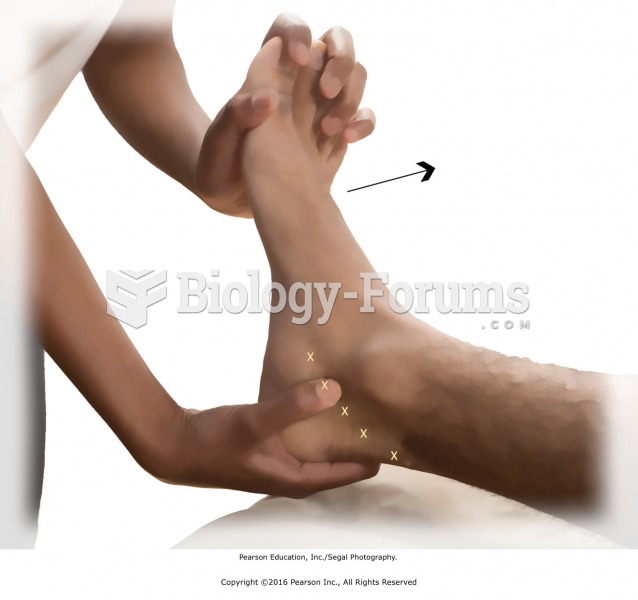Answer to Question 1
D
Body image depends only partly on the reality of the body. When physical changes occur, individuals may or may not incorporate these changes into their body image. For example, people who have experienced significant weight loss do not perceive themselves as thin and may still tell you there is still a fat person inside. Role performance is the way in which a person views his or her ability to carry out significant roles. Common roles include mother or father, wife or husband, daughter or son, sister or brother, employee or employer, and nurse or patient. Identity stressors affect an individual's identity, but identity is particularly vulnerable during adolescence. Self-esteem is an individual's overall sense of personal worth or value.
Answer to Question 2
B
A challenge in the hospital is controlling noise. Because many patients spend only a short time in hospitals, it is easy to forget the importance of establishing good sleep conditions.
In the hospital setting, plan nursing care activities to avoid awakening patients. Try to schedule assessments, treatments, procedures, and routines for times when patients are awake. Perform nursing activities before the patient receives sleeping medication or begins to fall asleep. For example, you have a patient who has had surgery. Before the patient gets ready for bed, change the surgical dressing, reposition the patient, administer pain medication, and check vital signs (clustering nursing activities). Turning alarms off is a violation of safety protocols in most hospitals because of patient safety concerns. Lights on in the hallway can cause distraction to sleep patterns. Regular use of any sleep medication leads to tolerance, and withdrawal causes rebound insomnia.







